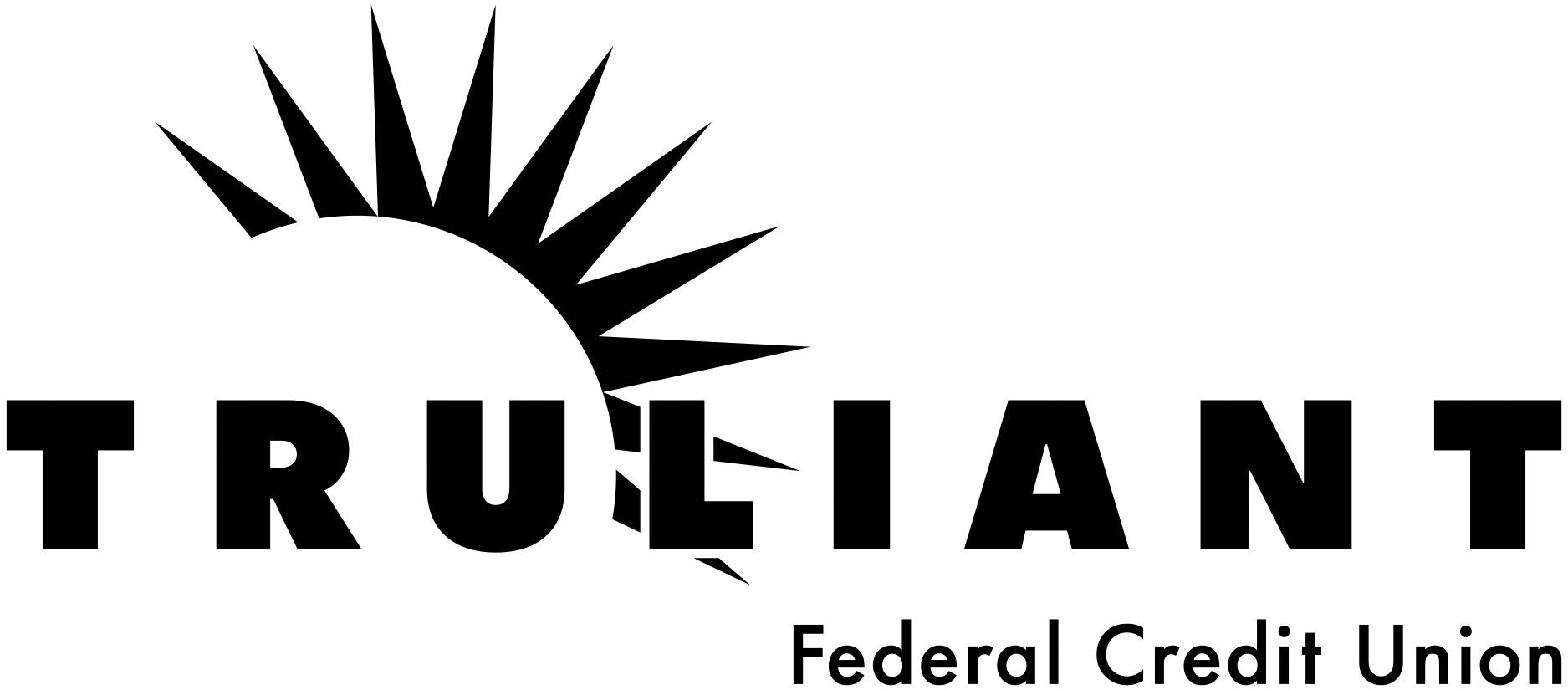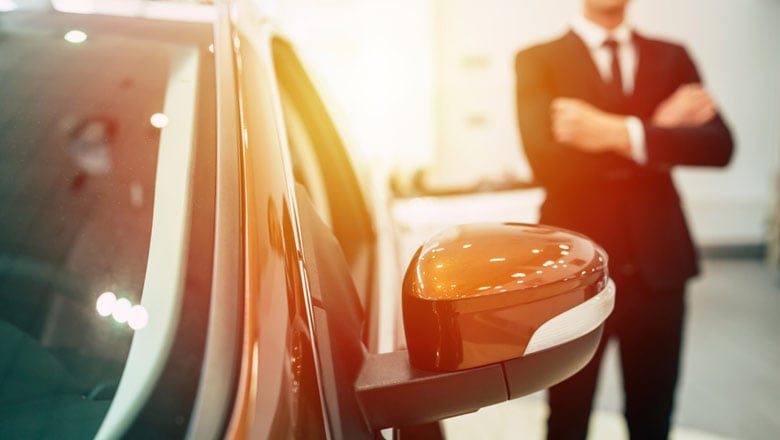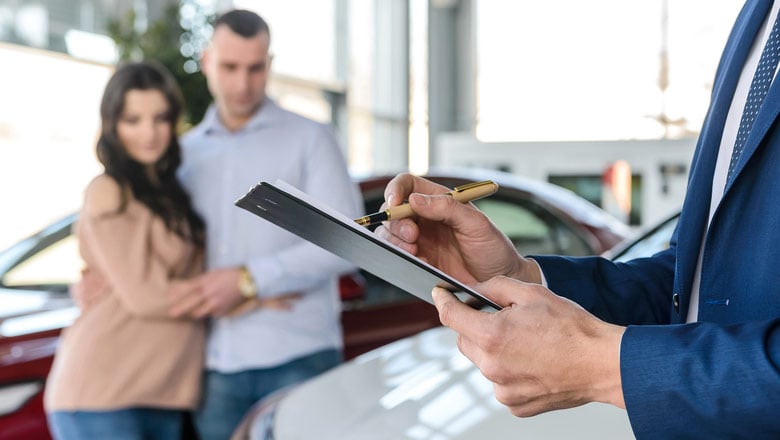Leasing vs Buying a Car

How to Decide Between Leasing a New Car and Taking Out a Loan
When you’re in the market for a car, there are two main options for purchasing: Leasing and Buying.
Buying a car and driving it for a few years after its paid off is certainly the most economical option. But if you tend to trade in every couple of years, and crave updated features and technology, then leasing a car may be your best bet. Let’s look at some factors to consider before talking to a dealer. Keep in mind that there are some upfront costs that you'll have to pay regardless of whether you lease or buy. These include expenses like taxes and registration fees.
Costs of Payments
There’s no question that leasing a car generally offers lower monthly payments for more car. But, when you take out a loan and buy a vehicle, you're building equity in the vehicle over time. You’ll either enjoy money back in a trade if you purchase another car, money outright if you sell it, or money saved in monthly payments if you drive the car after you pay it off.
On the other hand, when leasing a vehicle, you are essentially renting the vehicle. You get nothing back, and even the purchase price doesn’t often reflect all of the money you’ve already put into the car. And while that low monthly payment is enticing, look at the fine print. There’s often a large upfront cost, especially for higher-end vehicles.
Restrictions
Generally speaking, you have to deal with a lot more restrictions when leasing a new car as opposed to buying a vehicle. With a lease, you don't own the vehicle. You are renting it. This means that the dealership is going to be far more concerned about the vehicle's condition.
You're not going to have a lot of say when it comes to customizing a leased vehicle. The dealership will take the vehicle back and want to make it as appealing as possible when it comes time to sell it. You may also need to honor certain restrictions when it comes to mileage. You'll probably have a maximum amount of miles you can put on the vehicle throughout your lease. If you go over this amount, you could be heavily penalized. It's pretty typical for a lease to limit the motorist to a maximum of around 15,000 miles per year. If you're likely to go over this maximum, you definitely shouldn't be leasing.
In addition to charging you for excess mileage, the dealership might also charge you for excessive wear and tear at the end of a lease agreement. If you buy your vehicle, you won't be penalized for excess wear and tear. On the other hand, you should be aware that a vehicle you purchase will lose value if it is not properly maintained. This could make it more difficult for you to get a good price for your vehicle when you sell it or trade it in down the road.
Return of the Vehicle
If you take out a loan and buy a vehicle, you can sell the vehicle whenever you want. Whenever you're ready to sell, you'll simply pay off any outstanding balance on your auto loan. On the other hand, you will probably have to pay a penalty if you try to terminate a lease agreement early. This means that you really should only be leasing a vehicle if you know you won't want to change vehicles before the lease term is up.
Leasing is a great way to get maximum flexibility in vehicle variety, but buying offers the most flexibility financially. Depending on your need, leasing a vehicle may be right for you. However, if you’re interested in buying, Truliant can help. We offer great rates and flexible terms and you can apply online in minutes!
When you’re in the market for a car, there are two main options for purchasing: Leasing and Buying.
Buying a car and driving it for a few years after its paid off is certainly the most economical option. But if you tend to trade in every couple of years, and crave updated features and technology, then leasing a car may be your best bet. Let’s look at some factors to consider before talking to a dealer. Keep in mind that there are some upfront costs that you'll have to pay regardless of whether you lease or buy. These include expenses like taxes and registration fees.
Costs of Payments
There’s no question that leasing a car generally offers lower monthly payments for more car. But, when you take out a loan and buy a vehicle, you're building equity in the vehicle over time. You’ll either enjoy money back in a trade if you purchase another car, money outright if you sell it, or money saved in monthly payments if you drive the car after you pay it off.
On the other hand, when leasing a vehicle, you are essentially renting the vehicle. You get nothing back, and even the purchase price doesn’t often reflect all of the money you’ve already put into the car. And while that low monthly payment is enticing, look at the fine print. There’s often a large upfront cost, especially for higher-end vehicles.
Restrictions
Generally speaking, you have to deal with a lot more restrictions when leasing a new car as opposed to buying a vehicle. With a lease, you don't own the vehicle. You are renting it. This means that the dealership is going to be far more concerned about the vehicle's condition.
You're not going to have a lot of say when it comes to customizing a leased vehicle. The dealership will take the vehicle back and want to make it as appealing as possible when it comes time to sell it. You may also need to honor certain restrictions when it comes to mileage. You'll probably have a maximum amount of miles you can put on the vehicle throughout your lease. If you go over this amount, you could be heavily penalized. It's pretty typical for a lease to limit the motorist to a maximum of around 15,000 miles per year. If you're likely to go over this maximum, you definitely shouldn't be leasing.
In addition to charging you for excess mileage, the dealership might also charge you for excessive wear and tear at the end of a lease agreement. If you buy your vehicle, you won't be penalized for excess wear and tear. On the other hand, you should be aware that a vehicle you purchase will lose value if it is not properly maintained. This could make it more difficult for you to get a good price for your vehicle when you sell it or trade it in down the road.
Return of the Vehicle
If you take out a loan and buy a vehicle, you can sell the vehicle whenever you want. Whenever you're ready to sell, you'll simply pay off any outstanding balance on your auto loan. On the other hand, you will probably have to pay a penalty if you try to terminate a lease agreement early. This means that you really should only be leasing a vehicle if you know you won't want to change vehicles before the lease term is up.
Leasing is a great way to get maximum flexibility in vehicle variety, but buying offers the most flexibility financially. Depending on your need, leasing a vehicle may be right for you. However, if you’re interested in buying, Truliant can help. We offer great rates and flexible terms and you can apply online in minutes!







